In this blog, I want to get you to rethink what dessert is. And how it might be useful to serve it alongside dinner EVERY night!
What is dessert for children?
According to the dictionary, dessert is a ‘sweet food eaten at the end of the meal’!
Dessert got this meaning around the beginning of the 20th century when “service à la française” (setting a variety of dishes on the table at the same time) was replaced with “service à la russe” (presenting a meal in courses.)
There are two ways to think about desserts for children?
The helpful way:
- It’s part of dinner
- It’s delicious
- It’s not dependant on being good
- It may contain sugar but it contains other ingredients too which provide nutrition
- It’s part of a balanced diet
The unhelpful way:
- It’s a bribe to eat other parts of the meal
- It’s a special treat
- It’s a reward for being good
- It’s full of sugar
- It’s not as healthy as other foods at the meal
Serving dessert WITH dinner rather than AFTER dinner
Many feeding experts feel that serving dessert as part of a meal rather than after is a good feeding strategy.
Advantages of serving dessert with the meal:
- It breaks down the distinction between different types of foods
- It takes dessert off its pedestal
- It gives your child control over their eating (you’re in charge of what goes on the table, but they decide how much and what to eat)
- It makes coming to the table fun and stress-free
- It allows your child to see something they like on the table
- It eliminates fighting, bargaining and debating
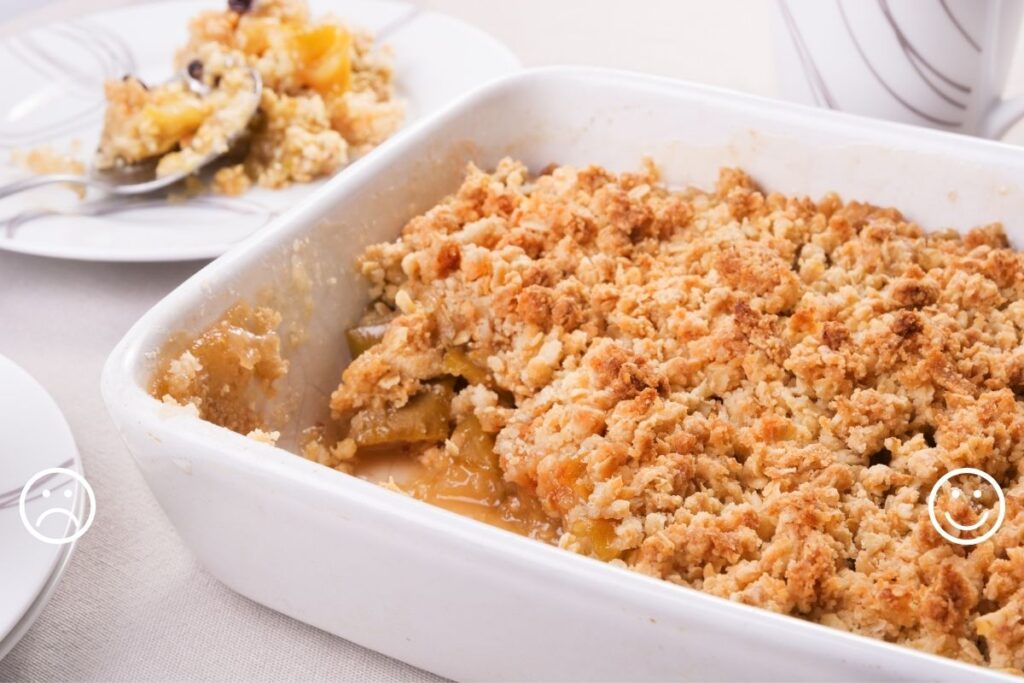
Do I have to serve it WITH (rather than after) dinner?
If it works for you to serve it after dinner, that’s fine. But, don’t offer dessert after dinner as a reward for eating dinner. If you want your children to have a balanced view of ALL foods then dessert shouldn’t have strings attached.
But why not change it up and serve it with the main meal and see how it feels. If nothing else it’s interesting to see how your kids react.
The first time chocolate buns arrived with the roast chicken at our house; my kids thought I’d lost my mind! But, I’ve seen this strategy work well for my family. And now I choose to serve it this way most of the time. Unless we’re having ice-cream when it doesn’t work for obvious reasons! I’d love for you to see the same benefits.
A week of dessert ideas
Weekday desserts
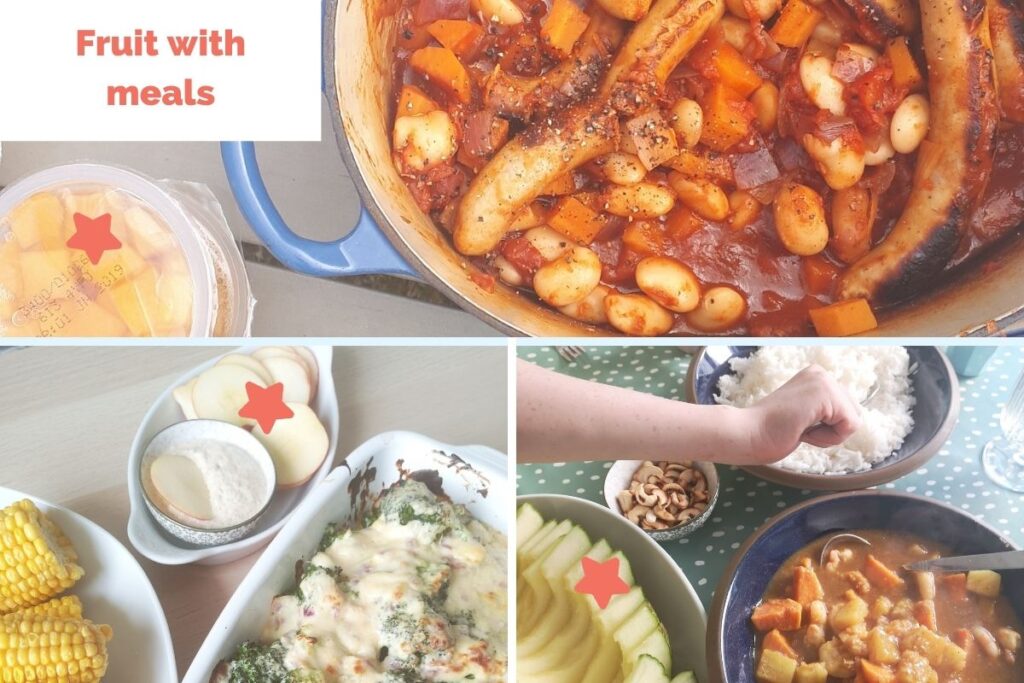
These are easy to prepare, and are made from foods we want to show up often. And they’re the types of desserts you tell me you serve more than any other. And before your baby’s first birthday you’ll be sticking with these options.
- Fresh fruit and fruit-based desserts
- Yoghurt
- Nuts and seeds
How to serve:
If you’re doing family-style service plonk it on the table with dinner and let everyone dig in. If you’re plating up the meal, plate up dessert too. Then serve it alongside the main course either on a separate plate/bowl or on a divided plate.
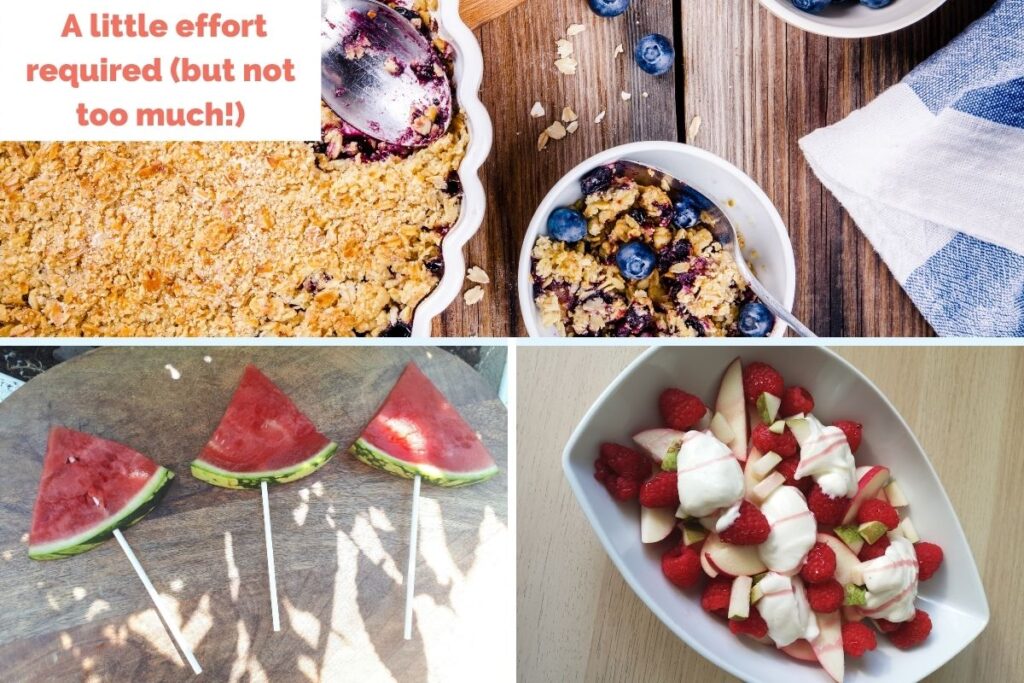
What if they only eat dessert?
Does it matter if they eat the fruit and not the vegetables? They contain similar nutrients. Would they have eaten the vegetables anyway? Does it matter if they eat the yoghurt instead of the chicken? They both contain protein. Would they have eaten the chicken anyway?
Weekend desserts
So, you don’t need to confine these to the weekend, but things like pies, tarts, crumbles and puddings take a bit more time and effort to make. Or you may choose to buy them, that’s OK.
The advantage of the homemade version is you have control over what goes into it. You might like to cut a bit of sugar from the original recipe, swap out some white for wholemeal flour or throw on some extra nuts. You can make it exactly how you and your family like it.
How to serve?
These are generally higher in sugar and fat and therefore more filling. I recommend giving everyone one portion alongside their main dinner rather than unlimited quantities of these desserts. Although, I don’t always stick to this rule!
Not very often desserts
And finally, what generally comes to mind when someone says the word ‘dessert’. Banoffee pie, chocolate brownies and sticky toffee pudding.
Naturally, we don’t serve these daily. On the other hand, they don’t need to be forbidden foods.
Your child will learn to manage sweets and keep them in proportion to other foods if you matter of factly include them in family meals and snacks- Ellyn Satter, Registered Dietitian and Family Therapist
How to serve?
Give everyone one portion alongside their main dinner. Be cool and matter of fact.
Don’t say ‘OMG you’re so lucky we’re having dessert tonight’
Don’t say ‘If you eat all your dinner, you can have some of this delicious tart I bought’
And especially don’t say ‘ I’ll just have a tiny piece myself because I’m trying to be good’
Actually, don’t say anything at all!
I can hear you! What if they eat the dessert first? Or even worse, only eat the dessert?
So what?! Dessert shouldn’t be contingent on eating some or all of the other foods. This sets up a food hierarchy in your child’s mind. Stew, yuck, something to be endured, chocolate cake, yum, the prize for enduring the stew. If you’re choosing to serve chocolate cake (parent provides), you have to be cool with how your child eats it (child decides). The critical point to remember is that you won’t be serving these types of desserts every day.
‘Healthy’ desserts
These haloed desserts often labelled ‘super healthy’ ‘veggie loaded’ or even worse ‘clean’. If the taste of black bean brownies, sweet potato truffles and avocado mousse do it for you, bon appetit. But dessert doesn’t need to be pimped to be OK. One regular sugar-filled brownie can often hit the spot more than a black bean one. Let your taste buds decide. And don’t feel guilty for sometimes eating (or feeding your kids) for pleasure and not for nutrition. Although sugar is a nutrient and so is fat!
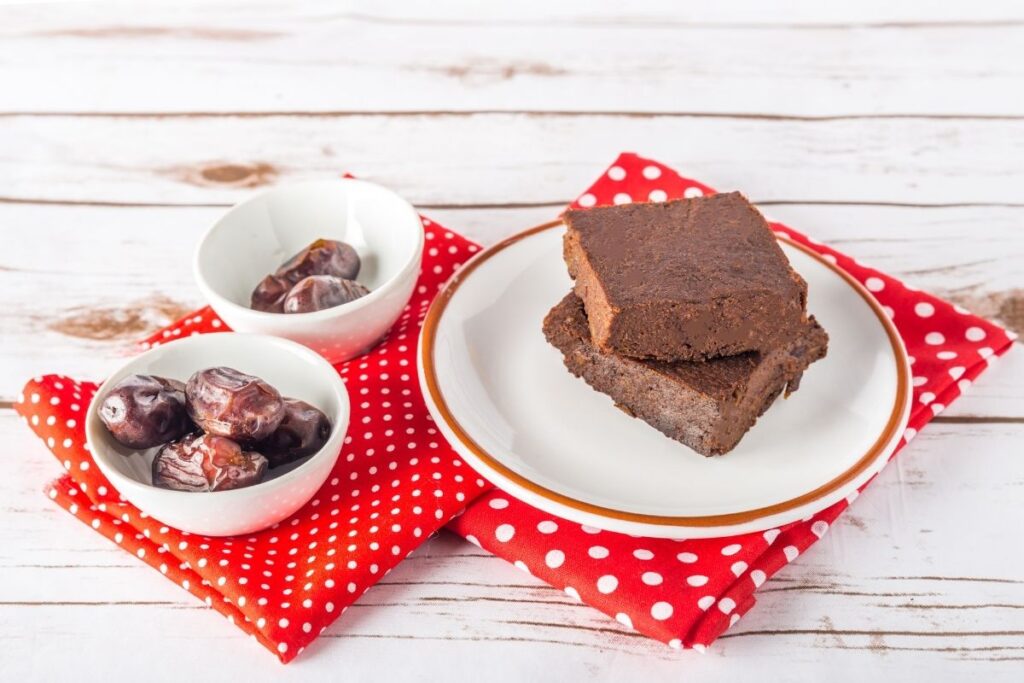
READ MORE >>> Sugar and your baby
My family favourites
- Fruit crumble
- Easy Fruit tart– This takes minutes to make especially when you use ready roll shortcrust pastry for this and a bag of frozen fruits like I do
- Fruit nachos. Layer apple chips (thin slices of apple) add a tin of mandarins (drain off the juice first!), some chopped grapes, finish with a dollop of Greek yoghurt sprinkled with some cinnamon. Change this up with any fresh, frozen, or tinned fruits, add some chopped nuts (if over 5 years) or some chocolate chips. Dig in!
- Apple slices with yoghurt and almond butter dip
- Chocolate and pear pudding . I reduce the sugar to 200g and use two tins of pears rather than one. I think it takes longer to cook than the recipe stated, but it depends how gooey you like it.
- Fruit cobbler
- Baked bananas
- Nana-style tinned fruit with custard (make with custard powder and the lower quantity of sugar recommended)
- Orange quarters
- Stewed fruit with yoghurt
- Greek yoghurt with chia jam and linseed crunch or crushed toasted nuts
- Fruit skewers. Thread any fruit of your choice onto skewers, cocktail sticks, or cupcake toppers, you could add cheese or marshmallows for a change!
Follow my 8 steps to enjoyable and successful mealtimes in my Feeding Your Toddler Online Course (suitable for parents of children aged 1-5 years)

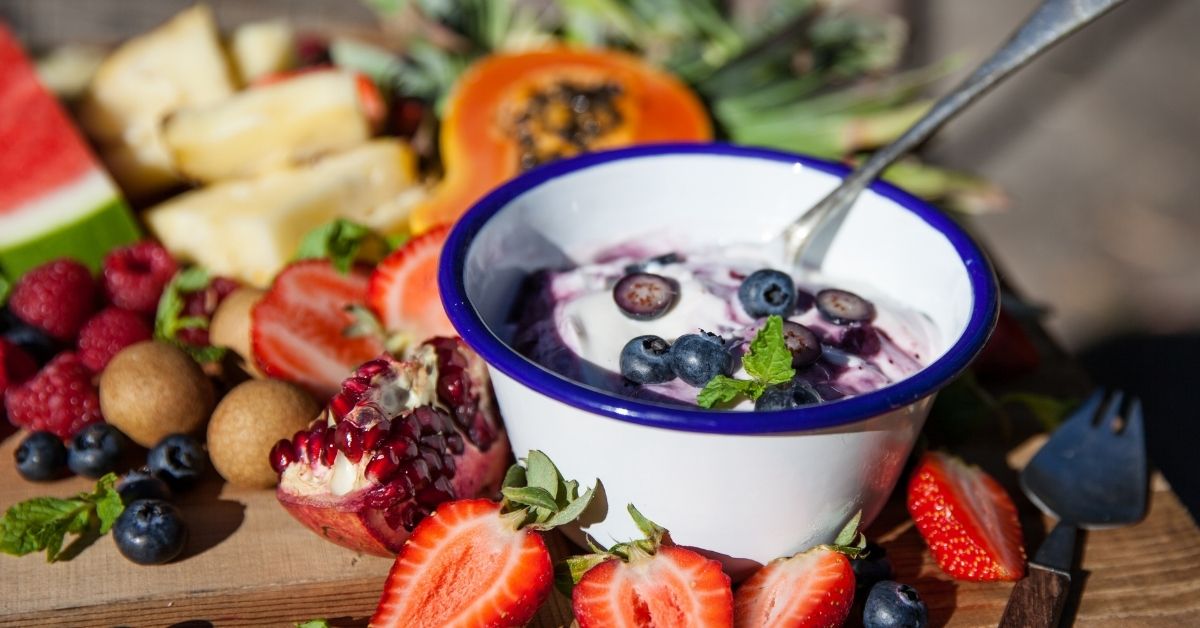





0 Comments